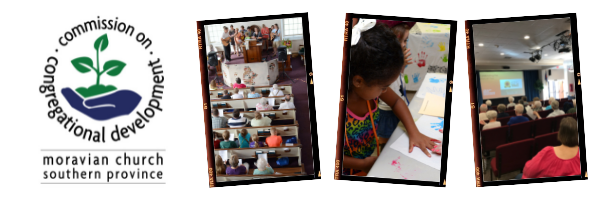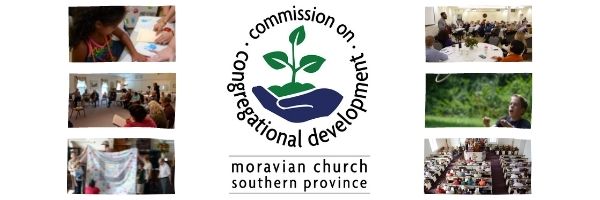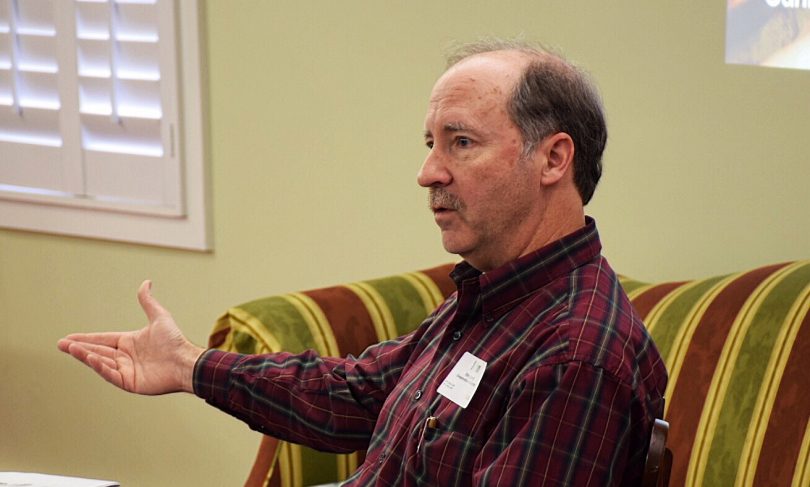This is the third post in this blog. In the first post, I shared my view that opportunities for spiritual growth are one of three foundational assignments which God has given to the Church along with outreach and worship. I suggested that our Church needs a more concerted focus on spiritual growth opportunities for our members because much of what we do in our churches doesn’t achieve this objective.
In the second post, I wrote about the key elements that make spiritual growth possible. These key elements are incorporated into Living Faith, a model of congregational life which is being developed by the Board of Cooperative Ministries. In introducing this model I mentioned that a group that focuses on spiritual growth must be small to allow all members to share. I stated that there must be confidentiality within such a group. And I wrote about accountability for personal daily devotions and attendance in group gatherings. This post continues this discussion of the components that make spiritual growth possible.
In addition to small size, confidentiality, and accountability, there are a few other key components that a Living Faith group needs to allow spiritual growth to happen.
Leadership. Ideally, the group leader has had previous experience in a group focused on spiritual growth. That person helps the group remain faithful to its covenant. The leader keeps the group on track so that the group’s discussions don’t drift into conversations about theology, society, politics, sports or a host of other topics that are enjoyable but not consistent with the group’s purpose. The leader also guides the group as it explores the study materials that are covered. Keep in mind the leader is not an expert or teacher. The leader discovers new things about faith along with the other group members. The leader’s task is not to enforce rules but to encourage the group to stay on track. Basically, the leader has become familiar with the Living Faith model and seeks to follow this model with the group.
There are two other key components to Living Faith groups. The first of these is described in the rest of this post. I’ll save the last one until the next post. It’s the hardest one.
Outreach. In my first post I mentioned that there are three foundational assignments which God has given to the Church. They are to provide opportunities for spiritual growth, outreach into the world, and worship. In Living Faith, outreach is an outgrowth of the small group experience that produces spiritual growth. This follows in a general way the model that we find Jesus using in Luke 10 with 70 disciples. If we see that passage as a summary of an extended period of preparation, we find that he spent time training them in the context of their community. They then went out, working together on their various outreach efforts. Afterward, they came back together to celebrate and reflect on what they had done. Imagine the bonding and the growth they experienced as their community developed through sharing with each other and then through serving others.
Living Faith groups undertake outreach as groups. This can vary widely, but each group discerns God’s leading toward a specific type of outreach and then pursues it together. In Luke 10 the disciples went in groups of two, whereas Living Faith groups serve as slightly larger groups. Just as the fellowship of the group binds its members together as it focuses on spiritual growth, so the bonds that develop through outreach are no less powerful.
Initially a group develops its small community through talking and sharing. In outreach the group develops unity through doing. Both are important. Both are found in Jesus’ method of training his followers. Henri Nouwen in Spiritual Direction-Wisdom for the Long Walk of Faith suggests that this experience of community and outreach are two of three disciplines–along with solitude–to which Christians are called. “These are the three disciplines we are called to practice on the long journey home: (1) solitude or communion with God in prayer [a form of worship; although Nouwen is focused on solitary worship rather than corporate worship (my comment)]; (2) recognizing and gathering together in community; and (3) ministry or compassion in the world.” The second and third of Nouwen’s disciplines match these components of Living Faith which provide a balance of being faith and doing faith. This makes our faith whole.
A lot of people have undertaken outreach together which led them to live their faith journeys alongside others. Those experiences cemented those friendships. What was the outreach project that brought you close to someone who remains a close friend now?
Next time I’ll write about the hardest component of a Living Faith group.
Questions? Or want to learn more about Living Faith? Contact Tim Byerly at tlbyerly1971(AT)gmail.com.
The Rev. Tim Byerly is the Special Project Manager for Living Faith Small Group Ministry under the Moravian Board of Cooperative Ministries (BCM)









